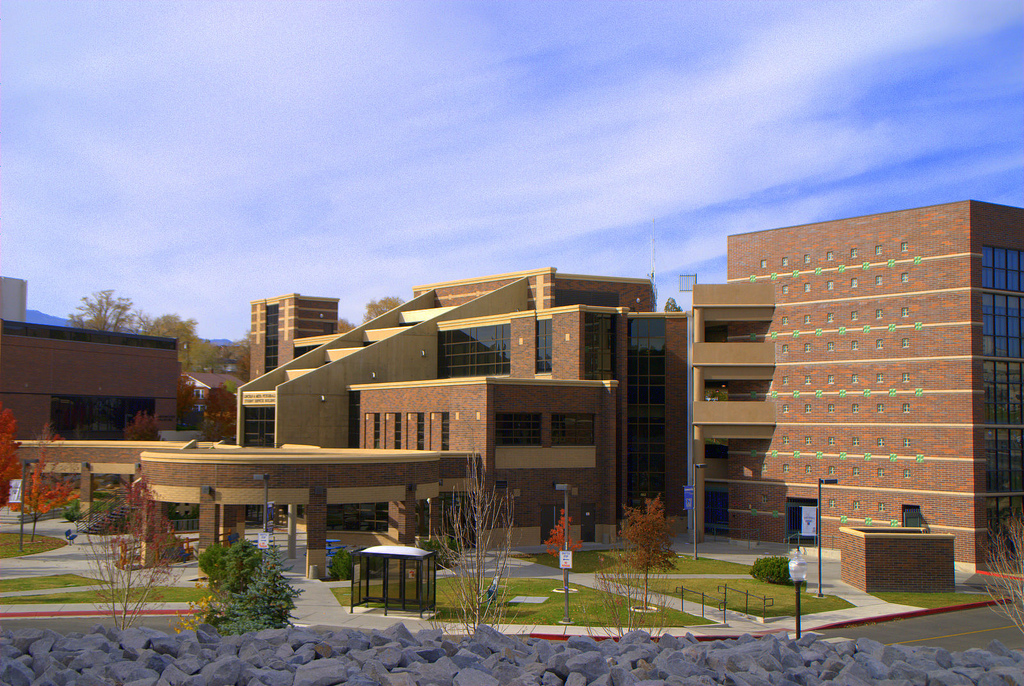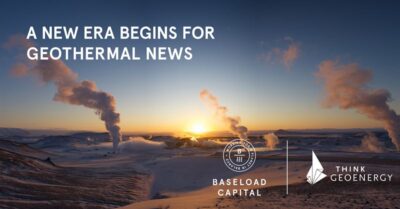Geothermal research a key element for further industry growth in Nevada
Geothermal energy research is poised to be an important economic driver in the state of Nevada and important for further growth of the geothermal power market in the state.
In a recent article and republished here from the Reno Gazette Journal, Wendy Calvin, Professor for Geophysics & Remote Sensing and Director of the Center for Geothermal Energy at University of Nevada-Reno, talks about how research is crucial to industry growth in the state of Nevada.
For now nearly 30 years, the state of Nevada has generated power from geothermal energy and there are now 22 geothermal power plants operating in Nevada. They have a combined power generation capacity of 469 MW. “Estimated resource potential in the state is more than 2,000 megawatts, or twice the production of the hydroelectric plant at the Hoover Dam.
Nevada also leads the nation in the number of geothermal projects in development.
With geothermal research poised to be an important economic driver in the state, industry collaboration with higher education has become even more important, as stated in the governor’s new economic development plan. Geothermal energy development was identified as one of seven industries that can be advanced by such collaboration.
The University of Nevada, Reno is at the forefront of these initiatives in Nevada and across the country. University faculty and staff have been involved in the exploration for and discovery of new geothermal systems for more than a decade. Faculty involved in geothermal energy research span many departments in the College of Science and College of Engineering, with strong expertise in geology, geochemistry and geophysical methods to identify new systems.
Projects at the university, many funded by the Department of Energy, seek to identify favorable structural settings and occurrence models for geothermal systems, create comprehensive geothermal potential maps and help locate undiscovered or “hidden” resources. Our studies on fault controls, shallow temperature anomalies, remote sensing of geothermal indicators and water chemistry from springs has resulted in the discovery of more than 14 previously unknown geothermal systems in Nevada.
Why is Nevada in hot water?
Internationally, most geothermal systems are sited near existing volcanoes, where high heat flow is associated with molten rock near the surface. In northwestern Nevada and the surrounding Great Basin states, the Earth’s crust is extending at high rates, due in part to the influence of plate boundary motion associated with the San Andreas Fault system. Higher rates of extension generate higher heat flow and allow fluid flow along fault structures.
A geothermal power plant requires both high temperature and sufficient fluid flow to create electricity. Most commonly, hot water is brought up from a few kilometers underground and converted to steam, which is used to turn a turbine. The geothermal fluid is then re-injected into the ground, completing the loop.
Drill, baby, drill
While surface exploration can find the suggestion of a high heat flow, high-fluid-flow systems below ground, current geophysical methods and geological models only imperfectly “see” underground.
Ultimately, the only way to know if the system has sufficient heat and water to create an economically viable resource is to drill and test both the temperature and flow rate.
The high cost of deep drilling and historically low success rates (holes can either be too cold or dry) is one of the main factors limiting development of this sustainable, clean energy resource. Many have likened our system models for geothermal energy to where the oil and gas industries were in the 1950s. Ongoing activities at UNR can help identify drilling targets at numerous sites within the state and better understand known resources, helping to reduce the cost of exploration that the industry faces, as well as to maximize the odds for drilling in a productive location.
Geothermal academy
The university has been a leader in education as well, hosting the National Geothermal Academy, a consortium of top geothermal universities around the country, last summer. The consortium selected our university because of its proximity to drilling sites, power plants and heat sources, as well as for its leadership in multidisciplinary research that has led to discovering new technologies for exploration, production and development of geothermal resources.
The academy, entering in its second year, will educate and train the next generation of scientists, engineers and policymakers. Curriculum is designed to cover all aspects of geothermal energy development and utilization and is offered for either undergraduate or graduate credit, as well as professional development for the energy industry.
For more information, contact the Great Basin Center for Geothermal Energy at geothermal@unr.edu or visit http://www.unr.edu/geothermal.
Wendy Calvin is director of the Great Basin Center for Geothermal Energy at the University of Nevada, Reno.


















